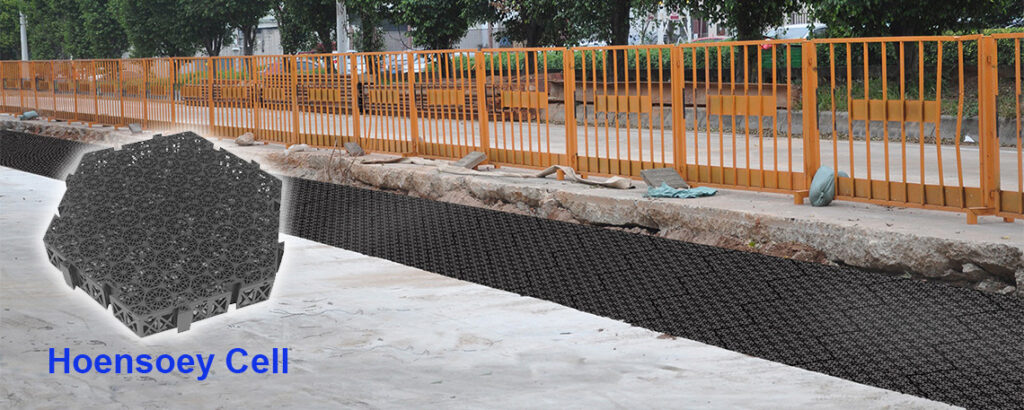Urban Revitalization Through Innovative Drainage: The Role of Hoensoey Cells
In an era where urban rejuvenation and environmental sustainability are at the forefront of city planning, Hoensoey Cells have become a cornerstone in reshaping urban landscapes. These versatile structures, known for their innovative approach to drainage and ground stability, are pivotal in the journey towards greener, more livable cities. This article explores the transformative role of Hoensoey Cells in urban revitalization.
Revolutionizing Drainage Systems with HOENSOEY Geocellulars
HOENSOEY Geocellulars, a sophisticated form of Hoensoey Cells, are redefining urban drainage systems. These hexagonally shaped modules, constructed from eco-friendly materials, offer a sustainable alternative to traditional drainage methods. The unique design of these Geocellular Units enables efficient water management, crucial in mitigating urban flooding and enhancing soil stability.
Impact of Novel Drainage Cells in Urban Landscapes
- Sustainable Water Management: The introduction of Rainwater Storage Crates in urban settings revolutionizes water conservation efforts. These units efficiently capture and store rainwater, reducing runoff and promoting groundwater recharge. This sustainable approach to water management is vital in addressing the challenges of urban heat islands and drought.
- Enhancing Urban Green Spaces: The use of HOENSOEY Stormwater Modules in parks and green spaces underscores their role in environmental stewardship. By ensuring proper drainage and water availability, these modules support lush landscapes, contributing to the aesthetic and ecological value of urban areas.
- Adapting to Diverse Urban Needs: The flexibility of Geocellular for Shallow Drainage Solution makes it adaptable to various urban projects. Whether it’s retrofitting old neighborhoods or developing new ones, these units can be customized to fit different urban layouts, ensuring effective drainage and ground support.
Case Studies: Hoensoey Cells in Action
In a notable urban redevelopment project, Heavy-duty Drainage Cells were employed to rejuvenate a historic downtown area. The project faced challenges of waterlogging and soil instability. The integration of Hoensoey Cells provided a robust solution, enhancing both the aesthetic appeal and functionality of the area.
Another example is seen in a residential development project where Geocellular Units were crucial in managing high groundwater levels and preventing soil erosion. Their application resulted in a stable and sustainable environment, ideal for modern urban living.
Conclusion
The application of Hoensoey Cells in urban revitalization projects marks a significant stride towards sustainable city planning. Their ability to efficiently manage water, coupled with their versatility and eco-friendliness, makes them a key component in the future of urban landscapes. As cities continue to grow and evolve, embracing innovative solutions like Hoensoey Cells will be essential in building vibrant, resilient, and environmentally conscious urban spaces.












